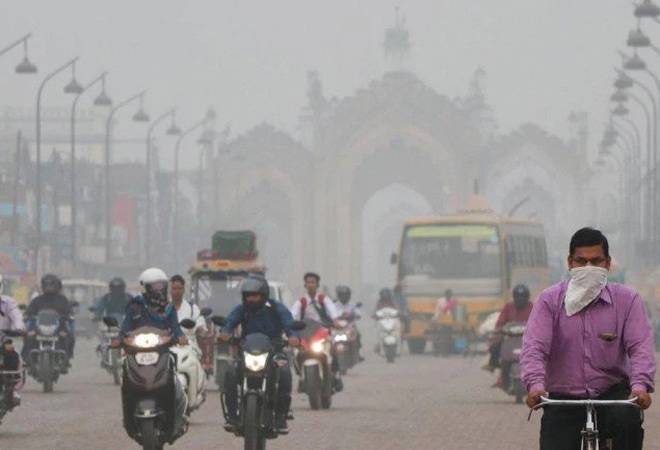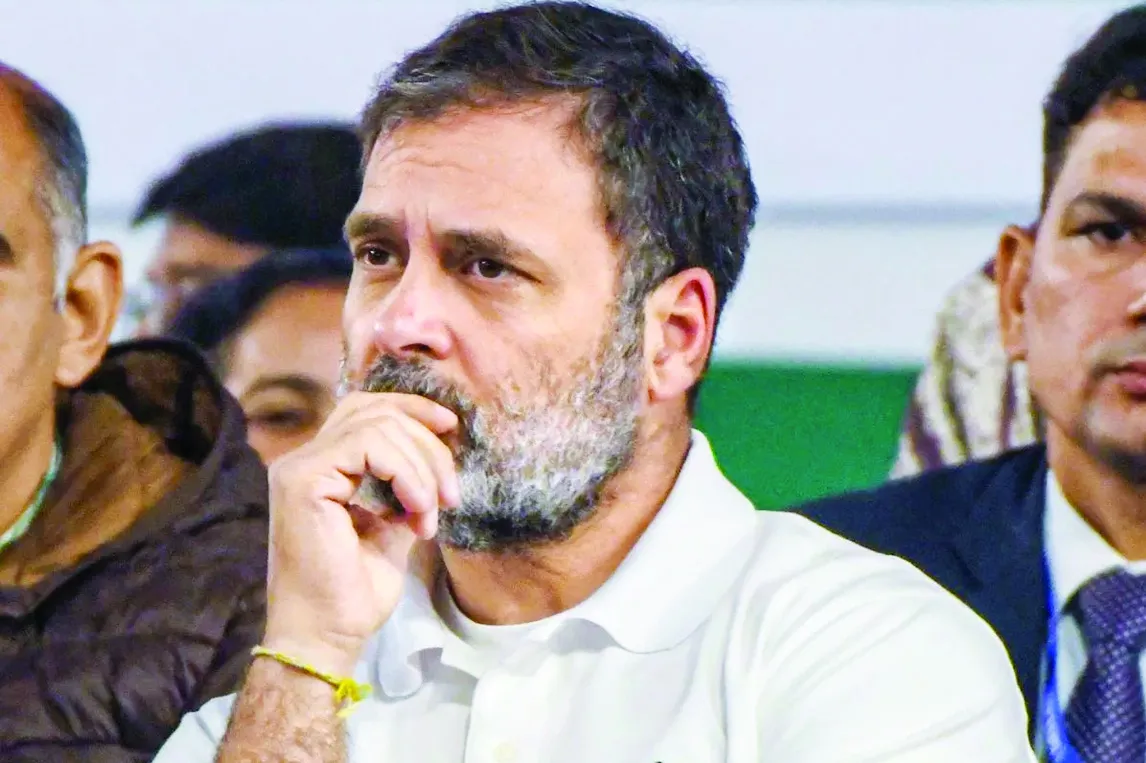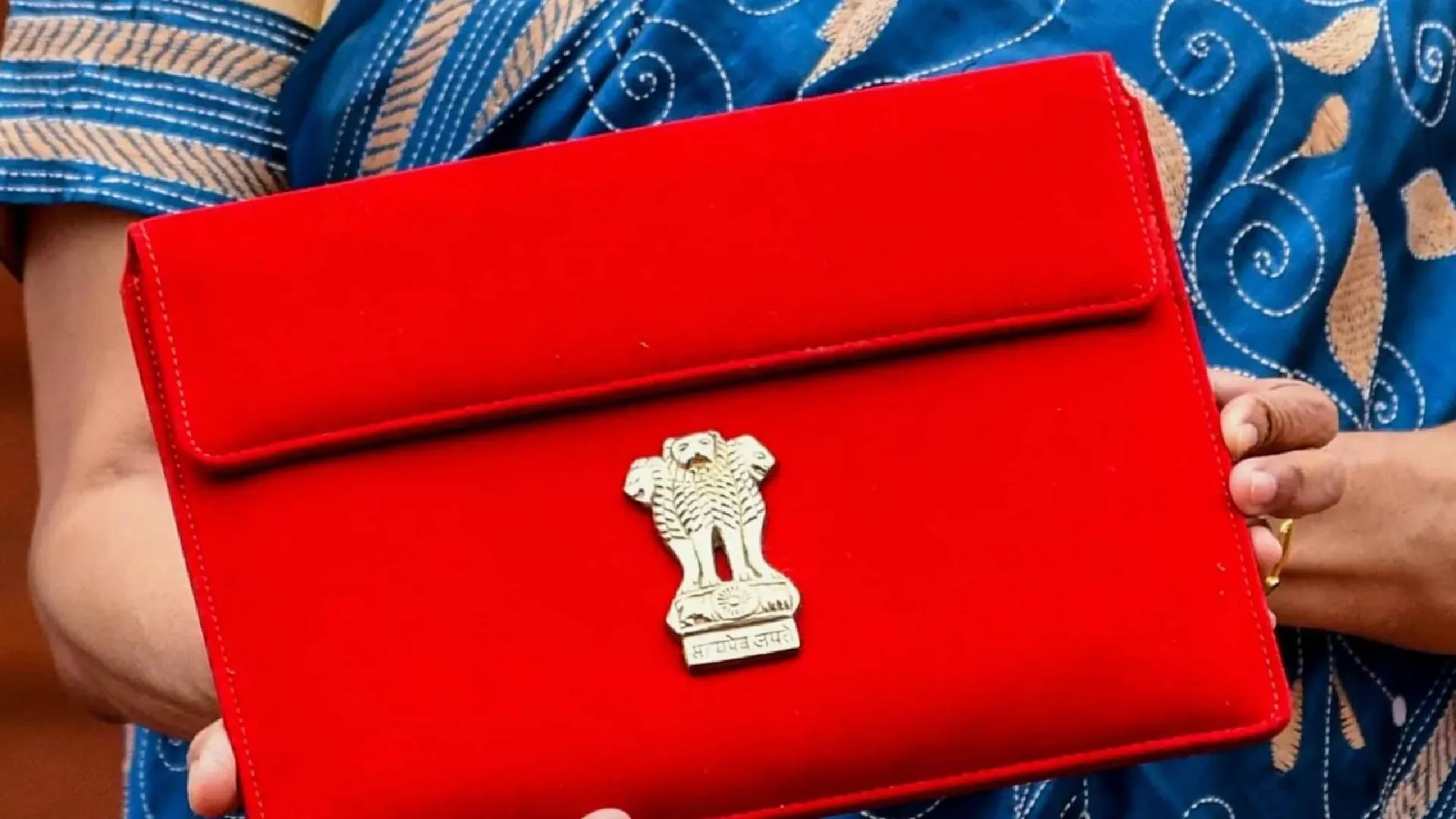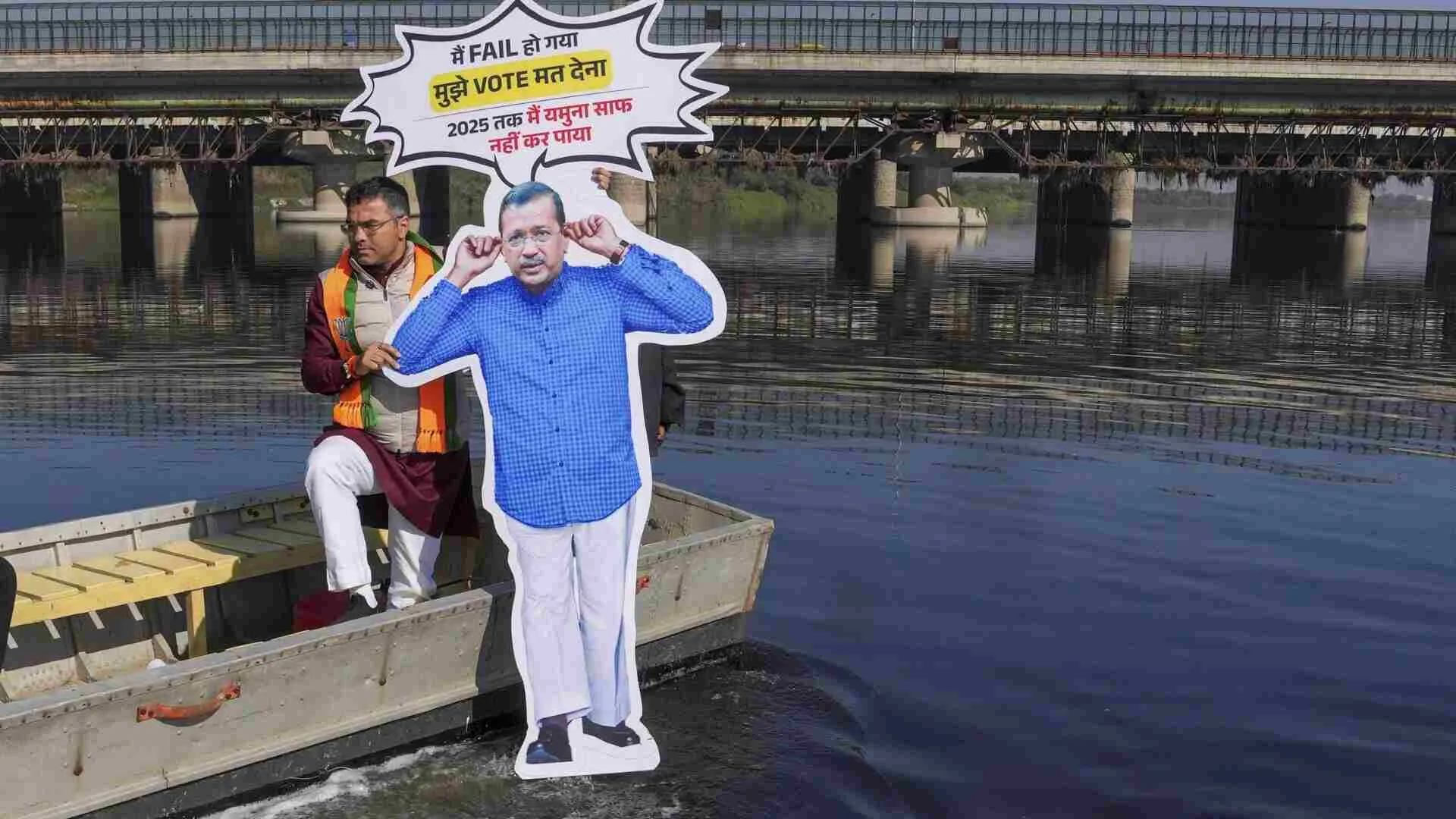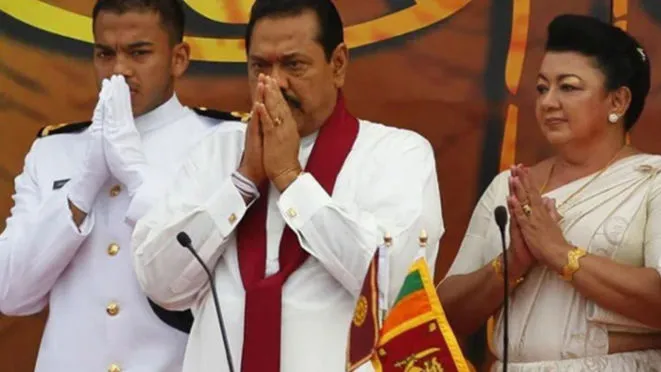Every winter, Delhiites gasp to breathe during winters. The air reaches levels which aggravate respiratory issues causing difficulty in breathing. In India, 1.67 million deaths were attributed to air pollution in 2019, accounting for 17.8 per cent of the total deaths in the country. As a resident of Delhi and an air quality analyst, I feel choked year after year.
The pandemic helped understand baseline pollution when the major sources of pollution, like vehicles and industries, across the region were inoperative. But post-pandemic, the challenge still remains that the overall base concentration is high. This underscores the fact that this is a regional problem and not limited to Delhi’s airshed.
What is polluting Delhi’s air?
As per CSE’s analysis based on real-time monitoring stations, Delhi needs to reduce its PM2.5 concentration by 62% to meet the National Ambient Air Quality Standard (NAAQS) considering baseline of 3-year average as 2019-21. Source apportionment and emission inventory studies done by IIT Kanpur and TERI-ARAI show a considerable seasonal variation in the relative contribution of pollution sources between winter and summer. During summer, the influence of dust increases to almost 31-34%, and reduces to 6-15% during winter. The contribution of combustion sources (vehicles, industry, biomass burning among others) increases during winter to 85-94%. Notably, the share of secondary particles (that originate from gaseous pollutants like sulphur dioxide, nitrogen oxides, ammonia, and volatile organic compounds from other combustion sources) can be as high as 26-30% during winter and about 15-17% during summer.
A major disadvantage of the Indo-Gangetic plain is stemming from its geographical location which leads to high levels of pollution. The sources remain constant throughout the year, but the geographical location along with temperature inversions and stable wind conditions, especially during winters in Delhi, leads to high exposures. Episodic sources such as firecrackers and stubble burning further aggravate the problem.
Action lags: A multitude of national, regional and city level action plans for Delhi NCR were launched, with a host of government agencies in charge to implement the programme across India- the National clean Air Programme (2019). The success of these plans is dependent on the required coordination among different departments such as Pollution Control Boards, Transport department, Urban Local Bodies and neighbouring states. Gaps in inter-departmental coordination resulted in poor enforcement of these plans across targeted source sectors.
What needs
to be done
It is important to have clean fuel across sectors while looking for a significant reduction in air pollution levels. This year government announced a complete ban on coal across Delhi-NCR from 1 January 2023. But, this needs to be supplemented with a systematic approach to supply household clean fuel, as well as restricting entry of such fuels into Delhi NCR. Adoption of emission control technologies in big and small scale units, enforcement of new standards and advanced monitoring for compliance have also not been adequately addressed.
Action on transportation has received the most attention. However, the journey from letter to action has been too little too late. With more than 200 lakh population (estimate of World Population Prospect by the UN, 2018), the city generates at least 276 lakh daily travel trips. If most of these commuting trips have to be undertaken via personal vehicles, Delhi cannot meet the clean air target or the benchmarks for liveability.
It is imperative that Delhi moves to a low carbon transport strategy such as upscaling public mass transport, and electrification of fleet, walking-cycling infrastructure, low emission zones, vehicle restraint measures like parking caps, pricing, and transit-oriented development. Otherwise, explosive vehicle ownership can singularly negate the air quality gains of the leapfrog to Bharat Stage VI emission standards. The government has already notified 25% electrification of the fleet by 2024; however, implementation is to be monitored.
There are many more critical source sectors which similarly demand government’s attention to reduce the overall pollution levels in the city. However, these measures remain piecemeal efforts for a problem that requires a zero-tolerance policy, and needs solutions at a massive scale.
Do we know how
to fix it, or is it
simply a lack of
political will?
There is hope for change with a new anti-pollution agency set up in 2020, the Commission for Air Quality Management (CAQM). The CAQM is vested with the power to implement measures to reduce pollution in Delhi NCR. The Central Pollution Control Board (CPCB) along with its counterparts, the State Pollution Control Boards (SPCBs), are responsible for implementation of legislation relating to prevention and control of environmental pollution.
There has been considerable progress in expanding air quality monitoring in Delhi since 2015. Delhi has a total of 50 monitoring stations—40 real-time and 10 manual. The Indian Institute of Tropical Meteorology (IITM) recently developed and updated the “Air Quality Early Warning System” (AQEWS) into Decision Support System (DSS). This will enable advance decision on emergency action during periods of anticipated adverse air quality leading to informed policy action by the government agencies.
CSE’s winter analysis of the DSS data shows that among the local sources, transport sector contributes nearly half the pollution. The overall share of all combustion sources—including vehicles, peripheral industries, the energy sector, waste burning and residential cooking—have a higher share than the dust sources that include construction and road dust.
Even with the most recent and vast air quality data made available, the government response has continued to be reactive, rather than proactive. While the government’s will to take action is evident in its investment in solutions like smog towers, road sprinklers and shutting down construction, and industry to control fugitive emissions. However, these are band-aid solutions and do not tackle the sources of pollution in a cohesive manner. The intervention in Delhi-NCR was mainly driven by judicial directives leading to central and state government action to control air pollution. Through Supreme Court-appointed Environment Pollution (Prevention and Control) Authority (EPCA), all the local stakeholders worked cohesively to reduce pollution. Then Graded Response Action Plan (GRAP), for the first time, sought to create a coordinated response involving various regulatory bodies to pollution episodes, with different measures linked to the prevalent Air Quality Index (AQI).
Despite this, our source problem continues to be same every year. We are spurred into action only when we reach “severe” levels of bad air. While our baseline pollution has increased manifold, we continue to base our air quality control and prevention measures on standards which are way past the efficacy required to secure public health.
Recently, the World Health Organisation (WHO), after nearly 15 years, revised the Global Air Quality Guidelines in 2021. The new guidelines tightened the annual PM2.5 threshold to five μg/m3 from 10 μg/m3. The 24-hour average is reduced from 25 μg/m3 to 15 μg/m3. The revised WHO guidelines draw a stark difference between India’s current ambient air quality standards, and the required revision needed to attain the WHO limits. The CPCB has internally set in motion the process to review the Indian air quality standards. This presents an opportunity to revise the air quality standards, and assess the current standard’s efficacy in being the parameter to base preventive and control measures on air quality, while also determining the kind of institutional system and capacity needed to bring large-scale coordination among the states.
The author is the Programme Manager in the Clean Air and Sustainable Mobility unit at the Centre for Science and Environment. She holds a masters in Environmental Studies and Resource Management from TERI School of Advanced Studies,
New Delhi.

